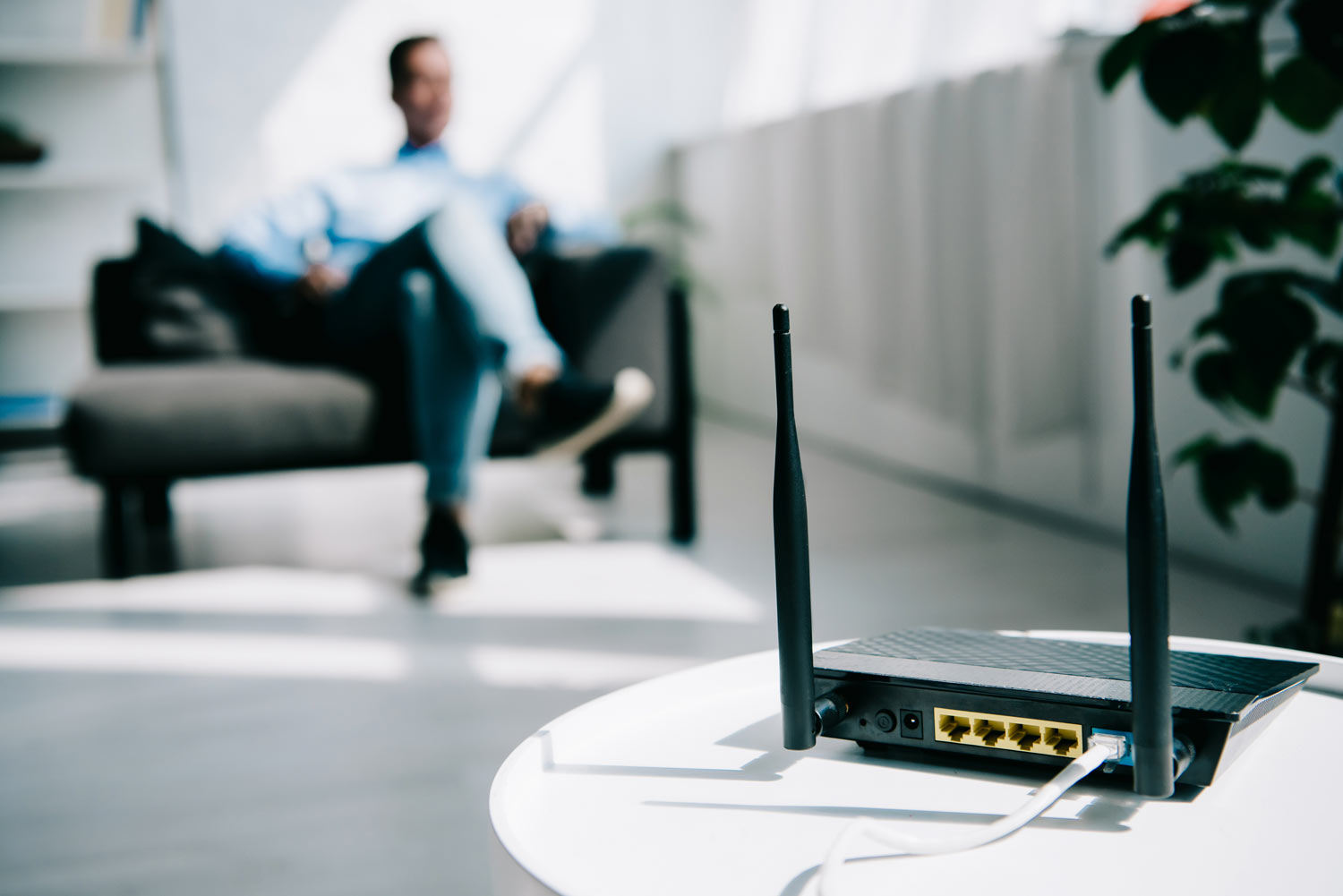
Looking to upgrade your internet line? You’ve probably heard of FTTP and FTTC and wondered exactly what the difference is between the two.
We’re going to explain the difference between these two popular internet options to help you make the best decision for your business.
What is FTTP?
FTTP stands for Fibre to the Premises. The Fibre part is the type of internet line – Fibre Optic. The second part “to the premises” refers to the cabling running all the way to your office, which delivers a fast internet connection. FTTP offers download speeds of up to 1 Gbps which makes it a great option for businesses that rely heavily on having a fast internet line. With FTTP, you’ll experience fast and reliable connectivity, even during peak usage times.
What is FTTC?
FTTC stands for Fibre to the Cabinet, where the Fibre optic cable runs to the green BT cabinet on your street, and from there, a traditional copper cable delivers the connection to your office the rest of the way. FTTC delivers lower speeds than FTTP, with an average speed of around 67 Mbps. However, it’s still a reliable option for businesses with moderate internet usage needs.
Is FTTP better than FTTC?
FTTP’s generally considered better than FTTC. Because the whole connection is Fibre, you get faster speeds, and a more reliable connection even during peak times of day. However, if your business doesn’t rely on the internet too heavily, then FTTC might be suitable for your needs.
Are there any disadvantages of FTTP?
The main disadvantage of FTTP is that you may not be able to get it in your area. The installation process can also be more complex and time-consuming than FTTC. The other factor to remember is that FTTP will likely be more expensive.
Is FTTP more expensive than FTTC?
Yes, FTTP is generally more expensive than FTTC. The installation process and infrastructure required for FTTP are more complex, which results in higher costs. However, the gap between the two is going down all the time and many times FTTP is better value overall, especially if you rely on your line.
Will I need a new router if I get FTTP?
FTTP requires a different type of router that can handle faster speeds and a Fibre optic connection. If you switch over, your (ISP) Internet Service Provider should provide the relevant equipment to get you up and running.
How to check if you’re on FTTP or FTTC
If you give your ISP a call or look at your bill, you should be able to find out which type of connection you’re on. Also, if your line speed’s over 67 Mbps, you’re likely to be on FTTP.
Conclusion
Hopefully you’re now an expert on the difference between FTTP and FTTC.
FTTP and FTTC are both viable options for internet connectivity, but FTTP is generally considered better for faster and more reliable speeds. However, FTTP may not be available in all areas, and it can be more expensive to install.
At Tetra, we are experts in providing internet connectivity so if you need any help or would like a quote, please get in touch with our team.

